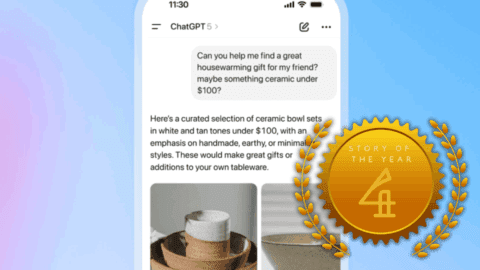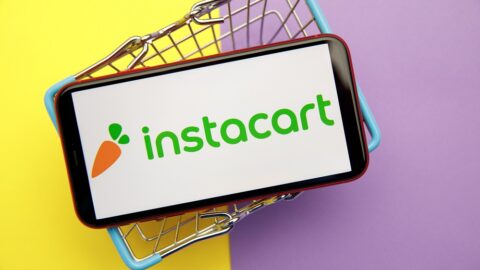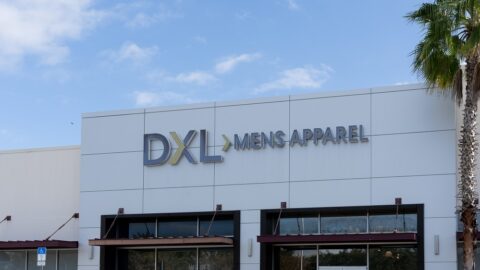Retailers are still struggling to keep up with consumers’ desires for personalization when it comes to delivering promotions and services;. One reason for the shortfall is that there’s still a large disconnect regarding how much data retailers should be collecting from consumers. While 74% of shoppers indicate that personalized promotions and discounts would make them likely to choose a store over one that doesn’t offer them, only 35% of retailers have successfully gained the ability to offer personalized promotions, according to enVista’s 2020 Personalization Special Report.
Similarly, 72% of shoppers say personalized services would convince them to choose one store over another, yet only 34% of retailers indicate that customer identification/personalization of the customer experience is a top priority for 2020.
Gene Bornac, Senior VP, Retail of enVista, noted that many retailers still haven’t determined what constitutes a consistent level of data that consumers want to share, and as a result may be holding back on their personalization efforts. For example, when it comes to identifying a customer online, 51% of retailers don’t actively identify the consumer until after they enter their account information.
“That’s an ongoing trend in the era of Facebook, Snapchat and Instagram where consumers are more than willing to — no matter what the regulations might be — part with a certain level of personal data to get a certain level of personal response,” Bornac said in an interview with Retail TouchPoints. “Conversely, I still think there’s some hesitation on the retailer’s part because they haven’t figured out the exact consumer desire to give up data.”
Online And Offline Channels Share Similar Personalization Struggles
Retailers struggle with similar data-collection issues in physical stores. For example, only 44% of retailers offer the ability to access any customer-specific information prior to checkout.
This statistic suggests that retailers miss opportunities to increase sales because associates can’t access customer-specific data until the customer is at the checkout, which is generally too late to influence the current purchase. When customer data available pre-checkout, associates can affect the transaction with personalized promotions and relevant customer-related product suggestions.
Bornac believes retailers are behind the curve when it comes to consumer attitudes around remaining anonymous. “No matter where we’re shopping, we expect to engage in the same way a premier retailer would engage, even if that paradigm doesn’t match,” Bornac said. “It’s pervaded everything from my expectations of what customer service looks like at a gas station all the way through luxury shopping. When it comes to personalization, it’s feeling more and more like consumers don’t feel it’s as acceptable to buy an item, shop for an item and have a relationship with the retailer and still be anonymous. It’s so outside of what the rest of their life is like that anonymity is something that feels like it’s no longer valued.”
Suggested Selling, Human Interaction Remain Major Retail Opportunities
Retailers still need to work on implementing more data-driven models to understand shopper buying habits, especially when it comes to suggested selling. The enVista report reveals that data usage supporting suggested selling is fairly limited:
- 38% of retailers sell based on previous purchases;
- 24% sell based on social media posts;
- 19% sell based on online browsing history; and
- 16% sell based on customer closet/room/garage.
Bornac noted that fundamentals such as suggested selling have been part of retailers’ arsenal for years, whether it was greeting a customer at the door or having an assortment built out just for the shopper. However, with so much “noise” coming from every retail promotion today, retailers should now focus on initiatives that ultimately reduce that noise and alleviate consumer stress.
The overall lack of progress in this area is somewhat puzzling, particularly when there are retailers that have successfully practiced personalization for decades — and did so without today’s technology advantages.
“If you recognize that I’ve shopped with you in the past, it breaks down barriers,” said Bornac. “It’s hard to believe that we are still talking about this now, when if you were to have shopped at a Nordstrom 30 years ago, you would have encountered the exact same level of personalization. Every person had their little black book and they remembered what kind of suit you wanted and what kind of shoes you purchased. They asked you questions. ‘What do you want to wear the shoes for?’ and they’d personalize the selection they’d bring to you and even follow up after the purchase.”













